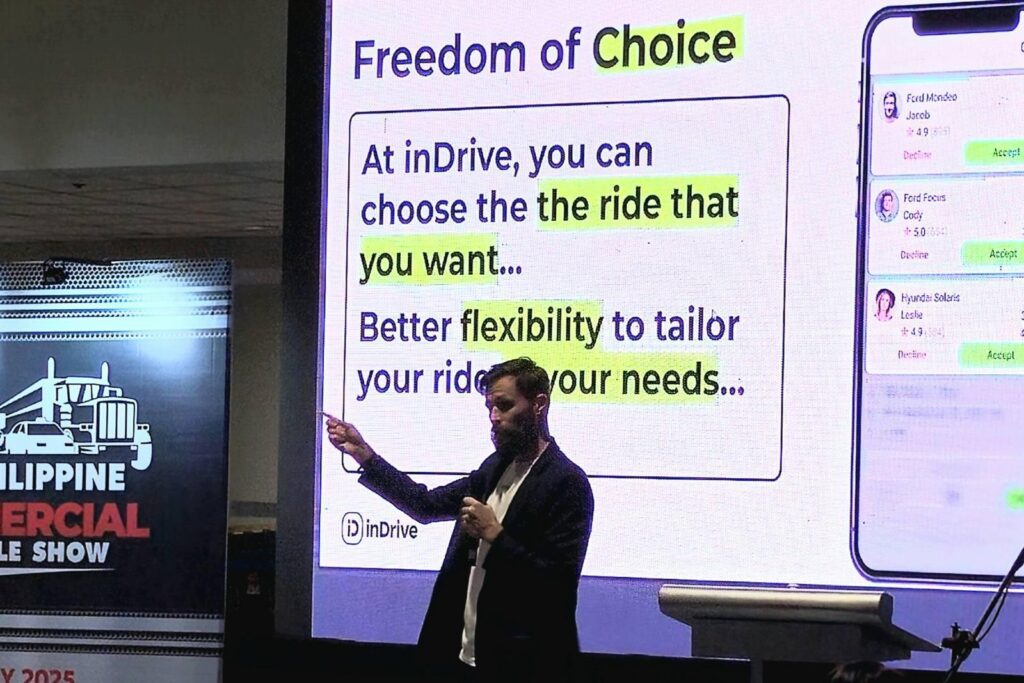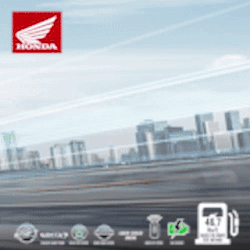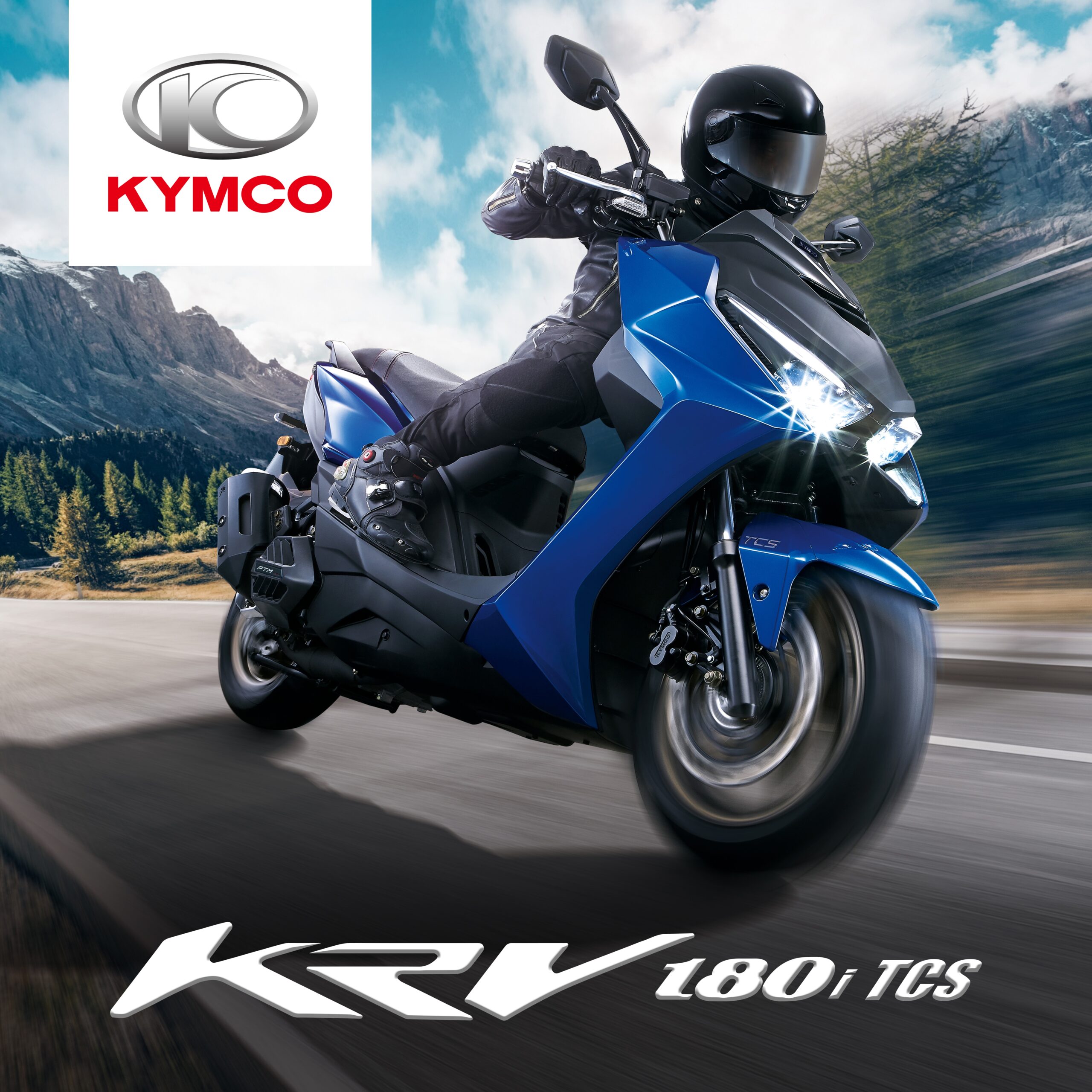Local Fleets Can Boost Ride-Hailing Growth and Patch Demand, inDrive Says

Global mobility platform inDrive is advocating for stronger partnerships between ride-hailing companies and local fleet operators as a key to sustainable growth in the Philippines’ transport sector. Speaking at the Philippine Commercial Vehicle Show 2025, inDrive Regional Director Mark Tolley highlighted that fleet collaborations can bridge the gap between rising passenger demand and the limited availability of vehicles, while also creating more livelihood opportunities for Filipino drivers.
Tolley emphasized that inDrive’s approach focuses on optimizing existing resources instead of adding more vehicles to the already congested roads. With the Land Transportation Franchising and Regulatory Board (LTFRB) currently granting over 70,000 accredited vehicle slots to 19 ride-hailing companies, inDrive encourages tapping into underutilized fleet vehicles to maximize their value. This strategy not only addresses commuter needs but also reduces reliance on private car ownership and minimizes the presence of unaccredited operators.

Drawing from successful fleet partnerships in Mexico, Nepal, and Peru, inDrive sees significant potential for similar collaborations in the Philippines. Ideal fleet partners, according to Tolley, are those who maintain affordable rental rates for drivers, ensuring they can sustain earnings without needing to overextend their work hours. He also advised fleets to explore diverse funding sources to avoid passing high interest rates from bank financing onto Transport Network Vehicle Service (TNVS) drivers.
For fleet operators, partnering with inDrive offers access to the platform’s IT systems, financial networks, and business expansion opportunities. Tolley noted that inDrive’s 10% commission rate allows partners to retain a higher share of earnings, with additional incentives for meeting performance goals and using inDrive’s branding. These collaborations not only help recruit more drivers but also enhance service quality, strengthen community presence, and increase brand visibility on the roads.
Beyond fleet partnerships, inDrive is also piloting innovative peer-to-peer ride-hailing models in other markets, resulting in higher driver earnings, lower cancellation rates, and fairer pricing for passengers. While these programs are subject to local regulatory approval, the company believes that combining equitable pricing with responsible fleet strategies can provide a long-term solution for the Philippines’ growing mobility demands. “We want more drivers on the road to meet demand, but we want that growth to be sustainable,” Tolley concluded.
























0 comments